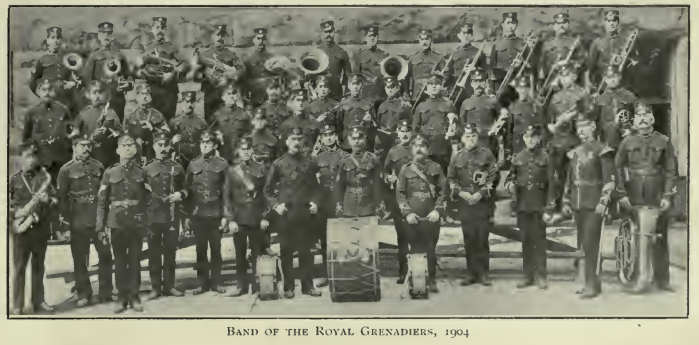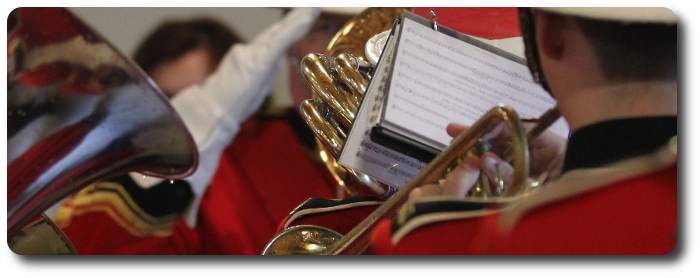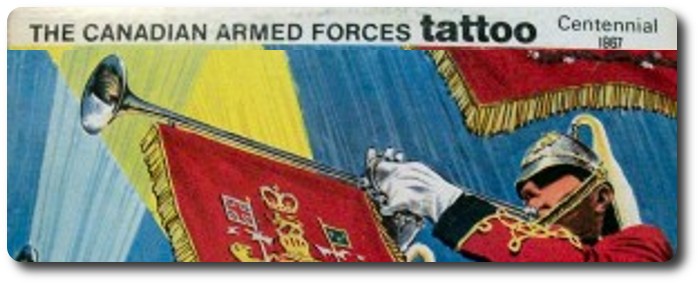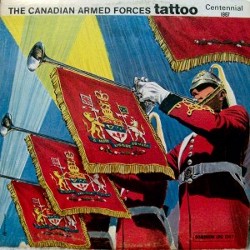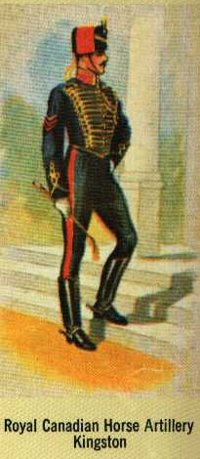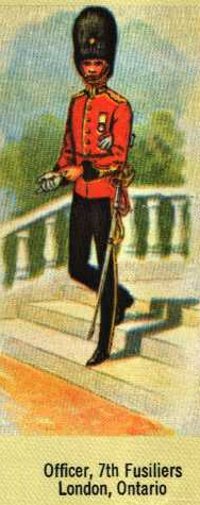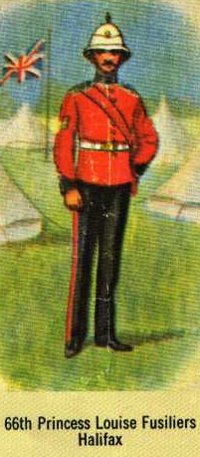Topic: Martial Music
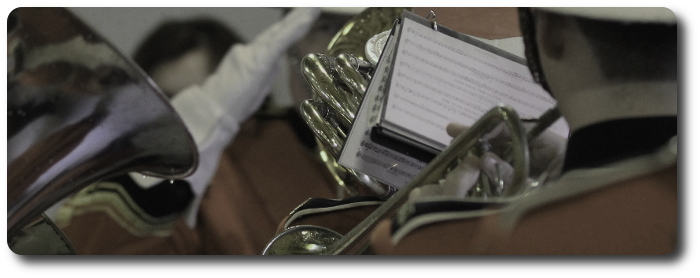
Unionizing of Military Bands (1909)
Following are a newspaper article on the effects of militia bands following union rules to refuse to play alongside other military bands and the resulting General Order.

Against Unionizing the Military Bands
Minister of Militia Does Not See Why the Military Bands Should Obey the Dictates of an American Union
Dawson Daily News, Dawson, Yukon Territory, 10 June 1909
Toronto, May 28.—A drastic order regarding union musicians in military bands will, it is understood, be issued shortly by the minister of militia and will affect both the G.G.F.G. and the 43rd D.C.O.R. bands. It will provide that military bands are not to be unionized; if they are, that they must not accept outside engagements.
For many moons there has been discord in Ottawa musical circles over the American Federation of Musicians. At first neither of the two military bands were unionized, but after a long agitation both joined the union. Since then there has been more or less friction and on several occasions trouble has resulted in getting music for the exhibition and other functions owing to the union rules. The matter has again come to a climax through a state of affairs in Toronto in connection with the music for the Toronto exhibition.
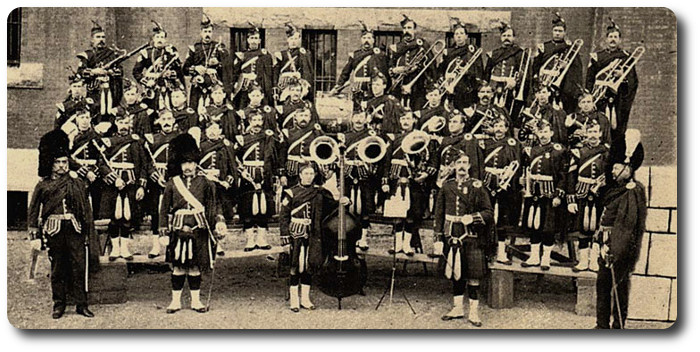
The adjutant general, in an interview with the Evening Citizen, said that it had come to his ears, unofficially, that the Toronto exhibition people had engaged the band of the Royal Canadian Regiment at Halifax to play at the exhibition. Thereupon all the regimental bands of the Toronto militia refuse to play because the band of the permanent force did not belong to the American Federation of musicians. The affair, he said, would certainly be taken up by the minister of militia when it had been reported on officially, as it would be. The idea that one band of his majesty's army refuses to play with another band of the same army because an American union orders it, was certainly something which should be looked into and action taken regarding it.
It is understood that as a result the music supplied at the Toronto exhibition will be from the permanent forces at Halifax, Quebec and Kingston.


General Orders, 1910
Headquarters, Ottawa, 1st April, 1910
G.O. 31—Instructions; Discipline, Member of Military Bands
The attention of the Department of Militia and Defence has been called to the fact that in certain instances, military bandsmen have refused to take part in engagements with members of other military bands solely for the reason that they are not members of a recognized union of musicians. While the department does not intend to interfere in any way with the right of militiamen to join Unions, yet as such bandsmen are provided with uniforms, quarters, light and heat, and, in addition, grants of money from public funds are made to military bands, it is not considered in the interests of the discipline of the force that military bandsmen, while in uniform, should be permitted to act in an unmilitary and improper manner.
No exception is to be taken on the score of membership or non-membership of military bandsmen in any union or society, and no discrimination shall be made in consequence of such membership or non-membership, provided that such membership or non-membership is not allowed to interfere with the performance of military duties; or to prevent bandsmen, when in the uniform of their corps, taking part in public or private engagements with other members of the militia in uniform, whether they are or are not members of any like union or society.
A man who disobeys this regulation is not to be permitted to serve as a bandsman, but must perform his military service in the ranks of his corps.
The allowance mentioned in Article 301, Pay and Allowance Regulations, shall not be paid to, or on account of, any band the members of which raise any objection to playing, when in uniform, with non-union members of the corps.
Commanding officers will be held responsible that this regulation is read to members of their units before they are detailed as bandsmen.
